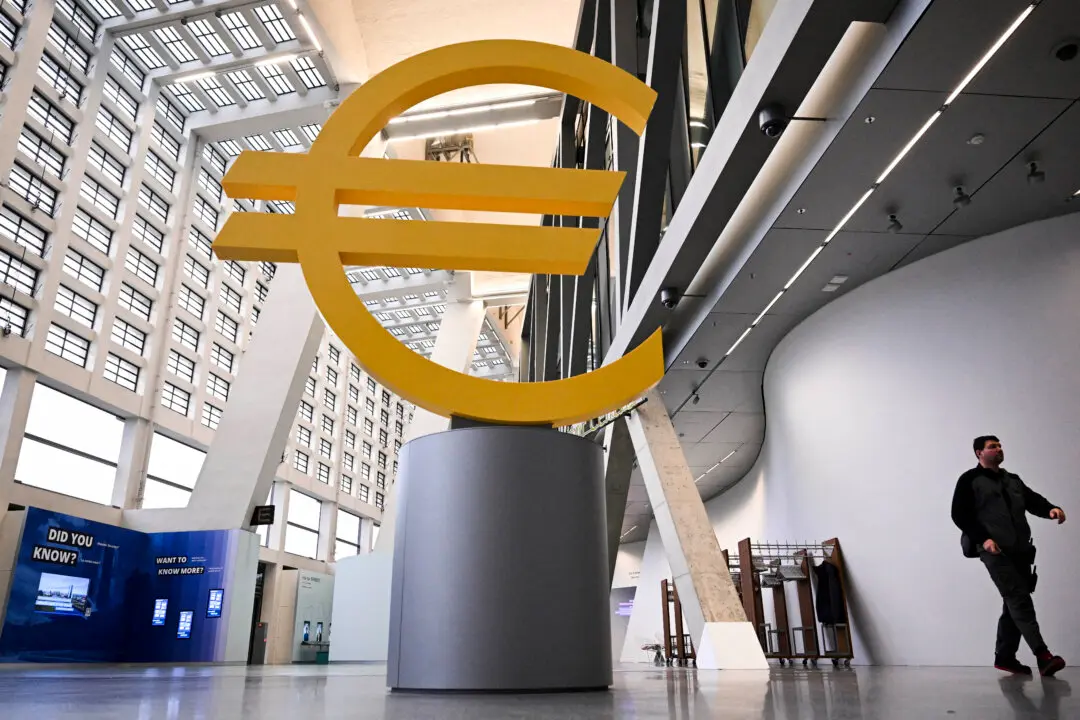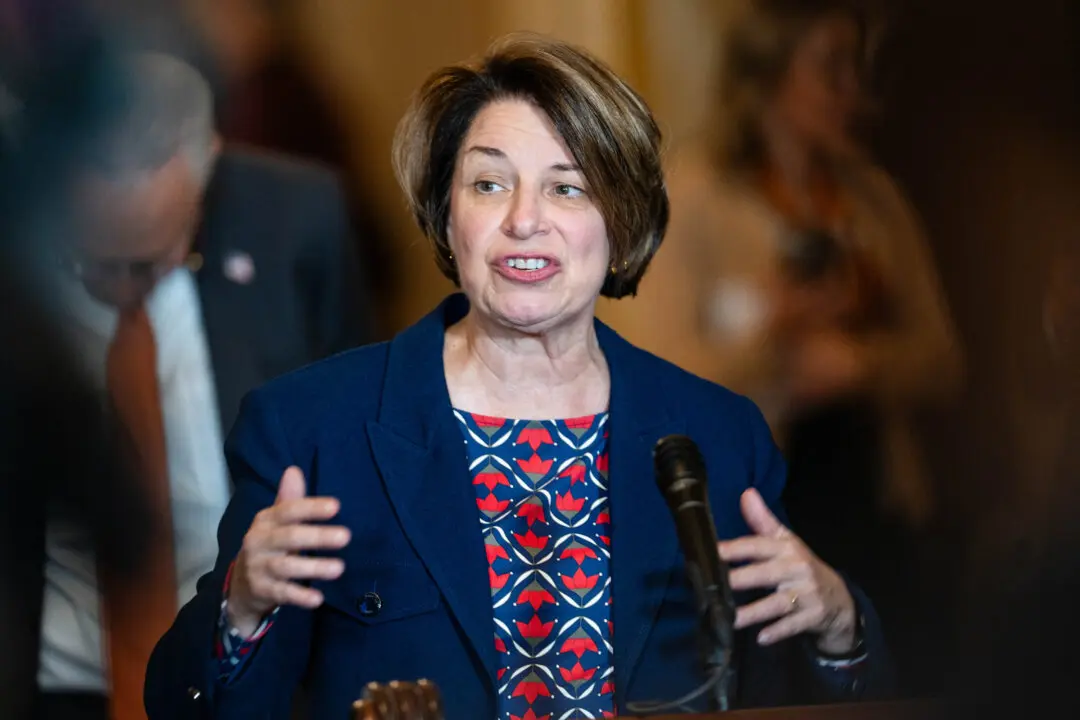Larry Summers, who served as treasury secretary under President Bill Clinton and director of the National Economic Council under President Barack Obama, has issued a stark warning that inflation, rather than “excessive slack” in the economy as it bounces back from the pandemic recession, has now become the chief risk.
Summers penned an op-ed in The Washington Post on May 24, in which said that “even six months ago, it was reasonable to regard slow growth, high unemployment, and deflationary pressures as the predominant risk to the economy.”





